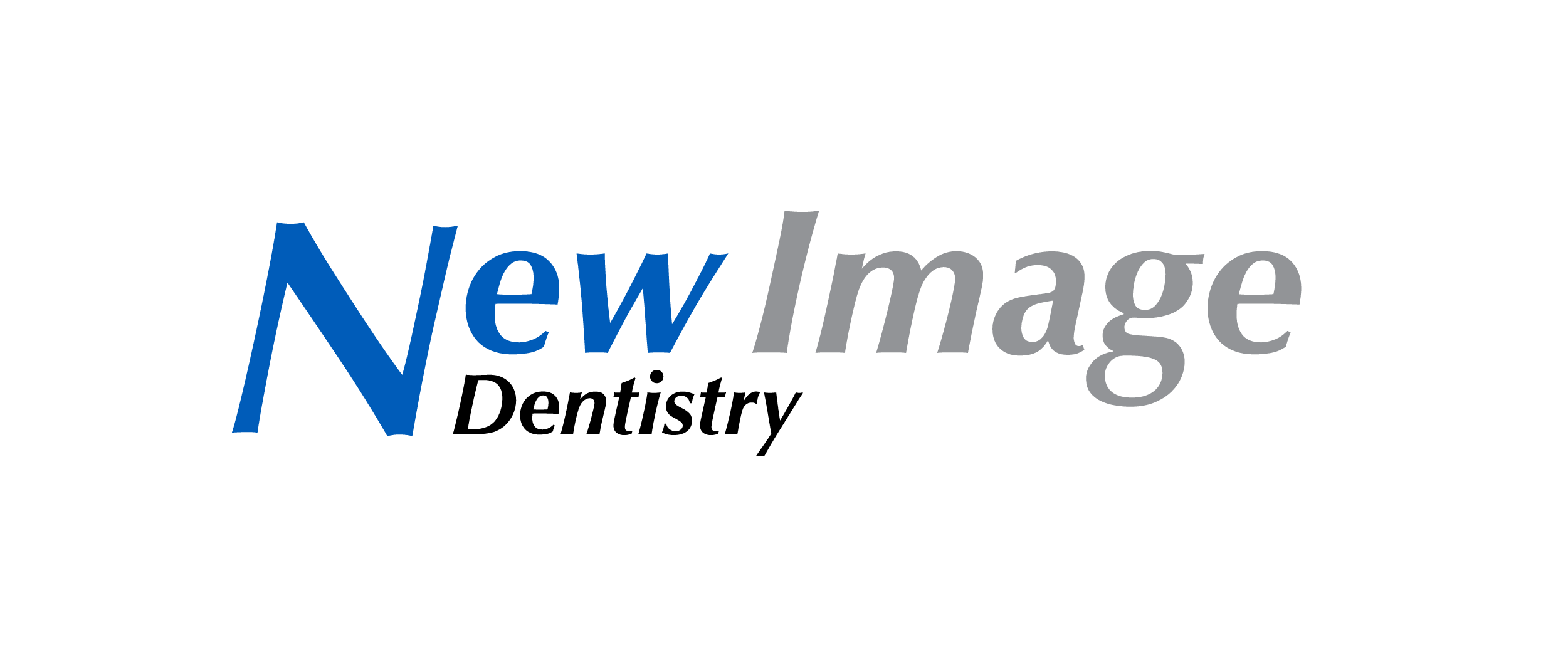Dental Services
Pioneering a New Culture of Dentistry
We pride ourselves in being best-in-class in five specific categories of dentistry: general, cosmetic, restorative, emergency dentistry, and oral surgery.
Or Call (727) 527-2818
Straighter teeth, the invisible way: Introducing Invisalign®
It’s estimated that 4.5 million Americans wear braces. If your dentist recommends braces to correct your dental issues, you might wonder if you can get clear aligners, like Invisalign®. Many people are interested in Invisalign because they don’t want to draw attention to the fact that they are wearing braces.
To help you decide which option is best for you, we’ve put together this comparison between traditional braces and clear Invisalign. As with anything, there are pros and cons to both types of treatment.
First, you must realize that the decision is not entirely up to you. Invisalign can only successfully treat the following conditions:
- overly crowded teeth
- widely spaced teeth
- an overbite
- crossbite
- simple bite irregularities
More complex dental issues require traditional braces, so the first step is a conversation with your dentist to determine if you are a candidate for Invisalign. If the answer is yes, here are some points for you to consider.
Are you willing to change your eating habits?
With traditional braces, you need to make certain modifications to what you eat. For example, if you bite into an apple, a carrot, a bagel or a chicken wing, you risk popping a bracket off the tooth. Sticky foods must be avoided. You can still eat a variety of food, but must follow the recommendations from your dentist.
Invisalign clear aligners are removed when you eat so you have the freedom to eat whatever you like.
Do you have the discipline to keep the aligners in for 22 hours per day?
Being able to remove the clear aligners makes eating more convenient, but they can only be removed when eating, drinking anything other than water and flossing. Only you can answer if you will be diligent to put them back onto your teeth after finishing your meal.
Will you clean your aligners?
Traditional braces at first glance seem easier to clean since you simply brush the brackets and wires when you brush your teeth. However, without proper oral hygiene, cavities can grow under the braces.
If you choose Invisalign, you remove the aligners to brush and floss, then rinse the aligners in lukewarm water. It’s important to brush after every meal so your teeth do not become stained.
Do you have a flexible schedule?
There is a greater need for urgent appointments with traditional braces than with Invisalign.
If one of the brackets breaks, your dentist will give you orthodontic wax to hold the broken bracket in place until you get an appointment. It’s not necessarily an emergency unless you are experiencing pain, but you will need to be seen by the dentist.
Do you want a pain-free option?
Both traditional braces and Invisalign cause some discomfort as you get use to wearing the devices and use to the natural movement/alignment of the teeth.
Do you want fewer check-ups?
The number of times you must return to your dentist is about the same for both traditional braces and Invisalign. Usually, you must return to the dentist every four to six weeks for a check-up visit and to receive new aligners and traditional braces require a monthly visit.
Which type of braces are covered by insurance?
Check with your individual policy, however, many dental insurance plans cover the costs for Invisalign just as they do for the treatments of traditional braces.
